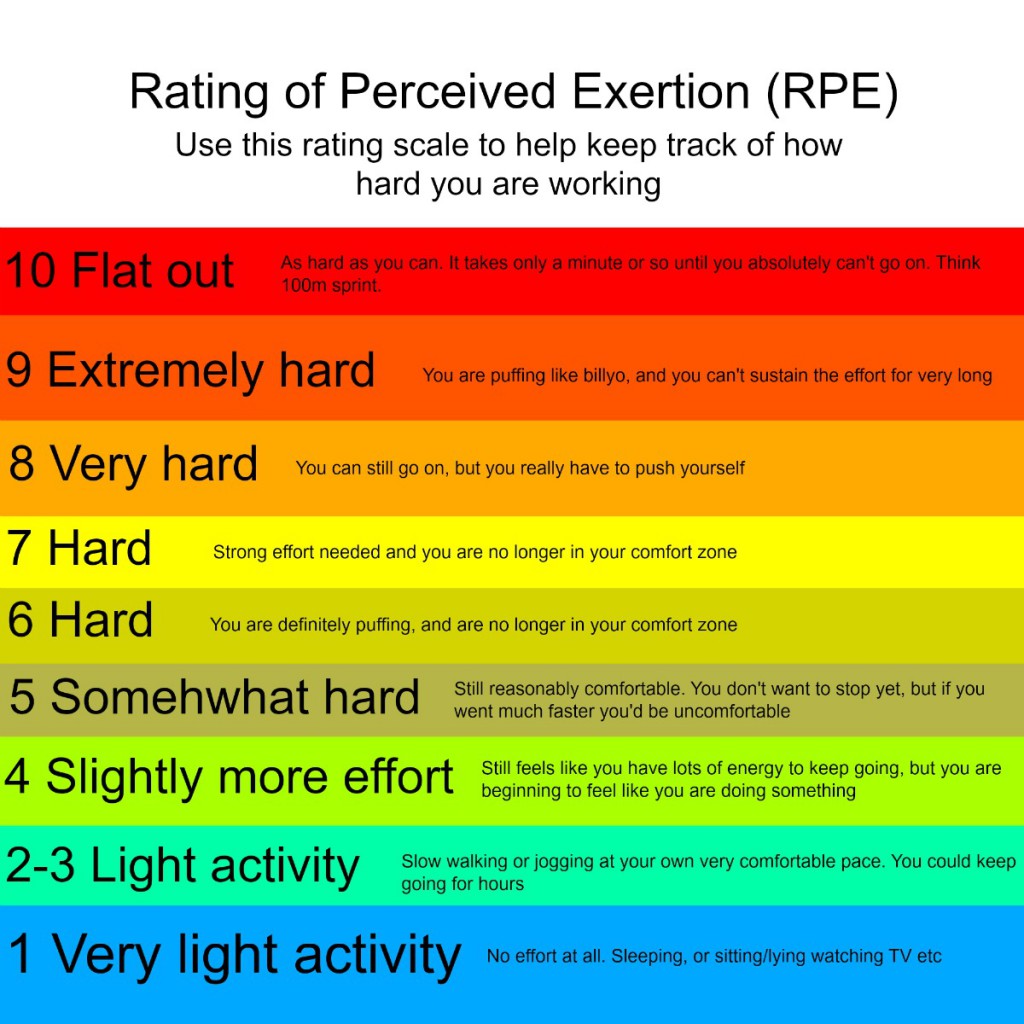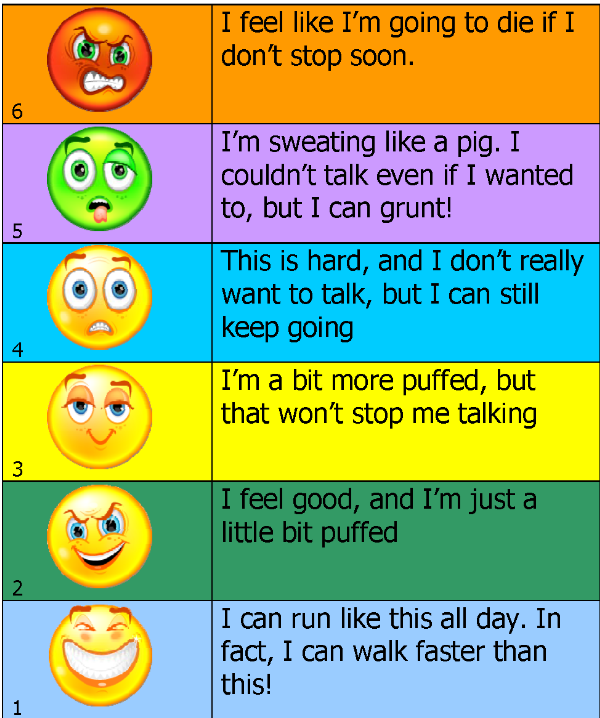I’m not wanting to be a fence sitter here, but the degree to which hill sprints will make you better at running hills depends. It depends on how specific your hill training is to your event.
If you’re planning to race uphill over a short distance, in a race such as the Balmoral Burn, (a 420m uphill run in Sydney) then a certain type of hill repeat session will be of great benefit to you. If however, you’re training for a longer distance event such as a 5k or 10k fun run over a hilly course, then the benefit will come not so much from hill repeats, but from incorporating undulating to hilly terrain into your long runs.
Here’s a brief rundown on three different types of hill workouts, which you are probably familiar with.
Short and Fast Hill Sprints
The Workout
Run for 10-15 seconds up a steep hill as fast as you can. You should power up the hill like a sprinter exploding out of the blocks. Take a long rest of 3-4 minutes after each sprint so that you recover completely before you start the next repeat.
The Benefits
1. Activation and improvement of your neuromuscular system. This is the system which lets your brain and your muscles communicate. Training this system means you can increase the speed with which the brain signals the muscles. It also helps your muscles to activate a greater number of muscle fibres, and put more force into muscle contractions.
2. Improves Maximal Stroke Volume. Stroke volume measures the amount of blood your heart can pump around your body with each stroke (important for getting oxygen and nutrients to the working muscles). Improving maximal stroke volume results in a decrease in the number of times your heart needs to beat to pump the same amount of blood around your body, as the heart is more efficient. Hence when you get fitter your resting heart rate drops. More blood is pumped with each beat, so the heart doesn’t have to beat as quickly for the same amount of blood to be delivered to the working muscles.
Due to these two main benefits, short fast hill sprints will help you to improve your running ability overall, and will make you better at running up steep hills for 15-20 seconds, but they won’t specifically make you a better runner over a hilly fun run course.
As these sessions are of a very high intensity, they should be included in your program with caution. If you’re an inexperienced runner, it’s best to get some advice from a coach, or an experienced runner (who has had few injuries).
Longer Hill Sprints
The workout
Not strictly a sprint, a good example of this type of session is 10 x 90 secs hill repeats @ 8/10 on the Rating of Perceived Exertion (RPE). Walk or jog back down the hill for your recovery.
The Benefits
1. Improves VO2 max – this is a measure of the maximum amount of oxygen your body can take up and use (measured in millilitres per kg of body weight per minute). It’s the gold standard when it comes to measuring aerobic fitness. By improving VO2 max, you’re training your body to run faster for longer
2. Improves Muscular Strength – you’ll be gaining running specific strength in these workouts. No exercise can strengthen running muscles quite so well as running can. Squats, lunges and hamstring curls can go some of the way to improving your running strength, but the strong contractions needed to lift your body up the side of a hill utilises hip flexors, glutes, quads and hamstrings in exactly the right way for well, running.
Longer Runs Over Undulating To Hilly Terrain
The Workout
Long steady pace training runs over undulating to hilly terrain.
The Benefits
1. Gives your body the specific stimulus to handle what it will face on the day of the fun run. You’ll be improving your form over longer and more gradual hills than if you just did flat out hill sprints. This simulates race conditions much more closely than sprinting up a hill for a short period of time.
2. Pacing – Running over hills teaches you how to pace yourself up the hill. There’s no point going so fast up the hill that by the time you reach the top you’re exhausted, you lose form, and you find it hard to get back to a good steady rhythm. Practice maintaining the same effort (not the same pace) going uphill, as you use on the flat, and by race day you’ll be an expert on pacing yourself up hills and will be able to keep some energy in reserve.
3. Prepares you psychologically. You could run a hilly kilometer a good one minute or more slower than 1km on the flat. Being psychologically prepared for your pace to slow down is an important part of hill training.
Hill sprints and longer hill repeats, definitely have a place in a well planned training program, to help build general running fitness and strength. However, they won’t necessarily specifically help you to run faster over a hilly course.
Why not? Because of the nature of most of the hills found in fun runs. Most races encompass hills which are long and gradual, not short and steep, so if you’re training in short bursts up a steep hill, you’re training is not specific to your race. Also, you need to be able to last the whole distance of the race. You therefore need to run the hill conservatively, not belt up it at a flat out sprint.
So, the specific demands you place on your body when you run up a hill in a distance race or fun run will be quite different to the demands placed on your body during a hill sprint session. And that’s it in a nutshell. Your training should be specific to your race.





